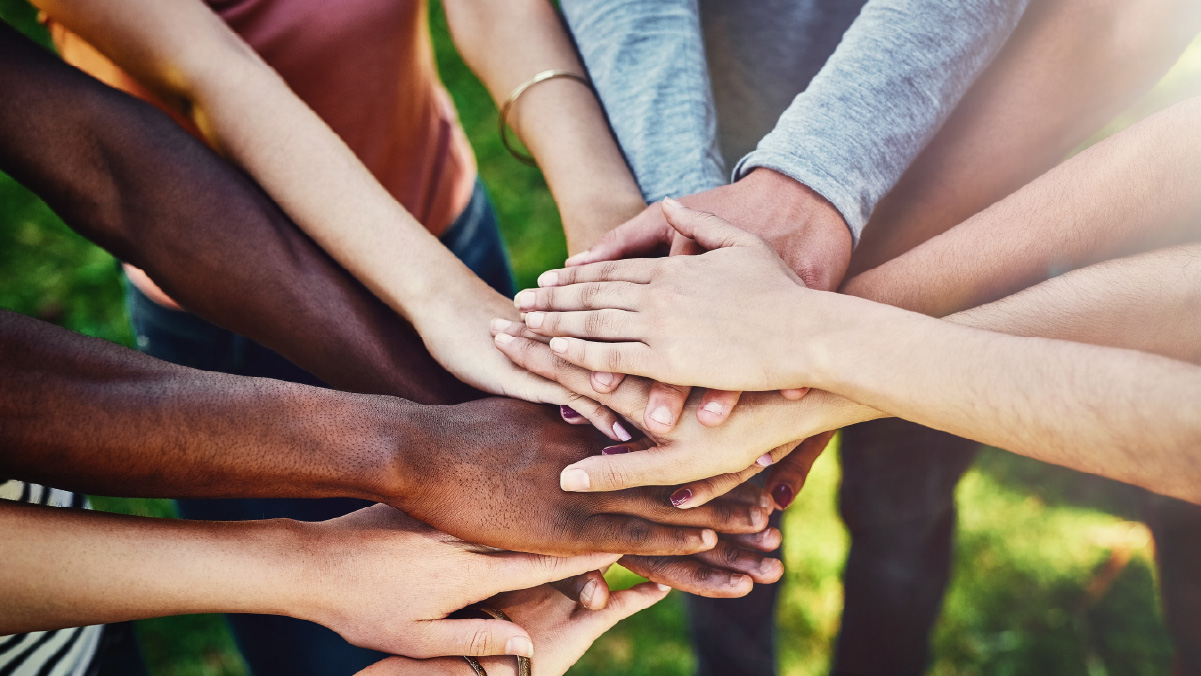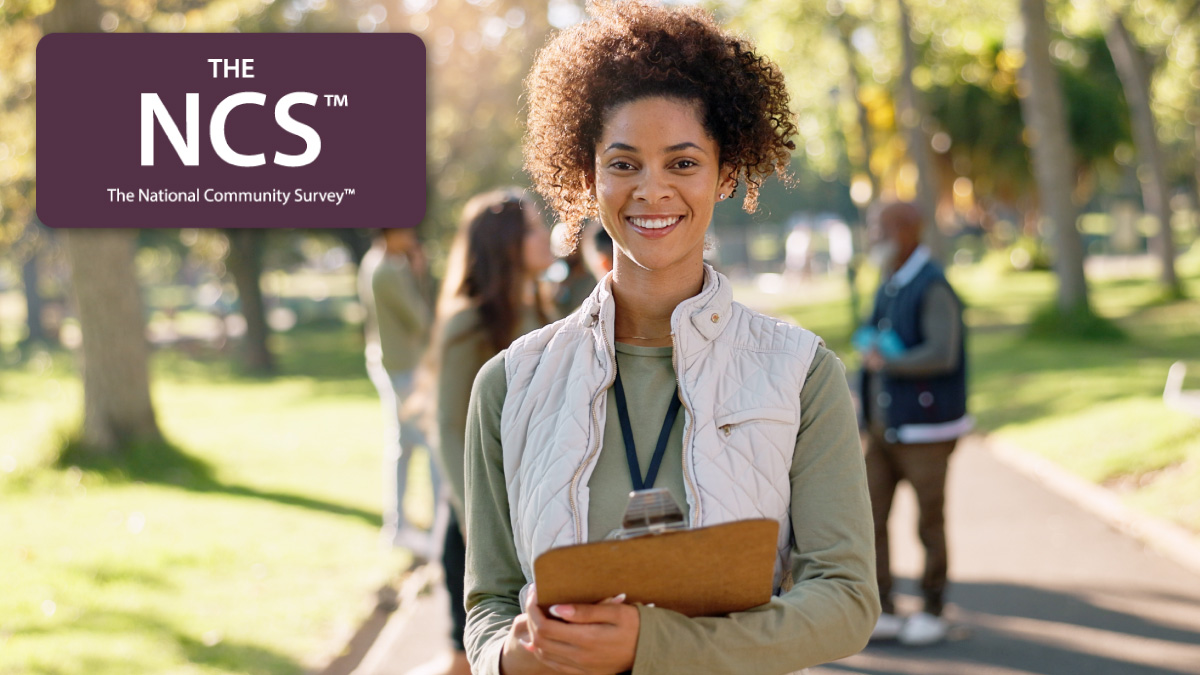Community 2.0 - A Local Blueprint to Heal a Divided Nation
By Polco on June 24, 2025

Polarization is no longer a distant, national issue—it’s local. It shows up at school board meetings, city councils, and even neighborhood gatherings. But what if the path to healing doesn’t start in D.C.? What if it starts on your block?
That’s the vision behind Community 2.0, a powerful new framework developed by the Telosa Community Foundation, in partnership with Polco and Antioch University. Backed by data, community practice, and a clear sense of purpose, Community 2.0 offers a plan to reconnect residents, restore civic trust, and solve problems—together.
“The solution to polarization isn’t agreement—it’s connection. When we listen, treat others with respect, and act with shared purpose, we can address real problems in our communities.”
— Jon Mallon, CEO, Telosa Community Foundation
Start with Listening: Engagement Is the Antidote
At the core of Community 2.0 is the belief that residents must be at the center of change. Civic division thrives when people feel unheard or left out. But when engagement is inclusive, accessible, and strategic, it becomes the antidote to distrust and gridlock.
“I believe that those of us working at the local level are key players in healing and uniting our nation. Engaging residents, focusing on shared goals, and identifying solutions together builds strong social networks and strengthens trust.”
— Michelle Kobayashi, Principal Research Strategist, Polco
Through tools like online surveys, community forums, and targeted outreach, Polco has helped cities across the country hear from more diverse voices—and turn that feedback into collective action. When residents see that their voices matter, divisions start to fade, and trust begins to grow.
The Six-Part Framework for Mitigating Polarization
While engagement is the linchpin, the full playbook outlines six interconnected strategies that local governments can adopt:
- Engage Residents Broadly and Intentionally
Use digital tools, flexible formats, and deliberate outreach to involve those who’ve been left out of civic conversations. - Promote Local Media and Counter Misinformation
Support trusted local journalism and create myth-vs-fact content to reduce confusion and rebuild a shared understanding of local issues. - Focus on Shared Outcomes
Emphasize goals—like public safety, strong schools, and affordable housing—rather than fighting over ideological strategies. - Build Trust in Local Government
Increase transparency, provide regular updates, and invite residents into decision-making processes. - Use Technology to Connect People
Flip digital tools into opportunities for real-world collaboration, not online arguments. Use apps, forums, and surveys to bridge divides and invite action. - Foster Respectful Dialogue
Create safe, moderated spaces for open conversation that encourages empathy and discourages hostility.
“Community 2.0 is a blueprint for what's possible when we come together despite some of our differences—we can create safer neighborhoods, better schools, stronger local economies, and the opportunity for everyone to thrive.”
— Jon Mallon, CEO, Telosa Community Foundation
Why Local Connection Matters Now More Than Ever
Community 2.0 recognizes that polarization is directly tied to the erosion of social capital and local connection. People are lonelier, more isolated, and more skeptical of institutions than ever before. This is not just a cultural shift—it’s a threat to democracy.
“The alarming increase in polarization over the past few decades is directly correlated to the decline in community bonds and social capital. The only way to solve this persistent problem is to embrace Community 2.0 and restore our core values and our foundational belief that we are all in this together.”
— Tom Rossman, Senior Advisor and Historian, Telosa
As Benjamin Franklin warned: “We must all hang together, or we will most certainly hang separately.”
A Call to Action
This is the first in a series introducing Community 2.0—a forward-looking framework for how we live, work, and solve problems in a divided age.
Whether you're a city manager, councilmember, community organizer, or engaged resident, you have the power to spark change. Start a conversation. Share a survey. Host a neighborhood gathering. Every small action builds momentum.
Change doesn’t start in Congress. It starts on your street.
👉 Download the whitepaper: Solutions for a Polarized Society >>
Explore the full Community 2.0 approach:
Popular posts
Sign-up for Updates
You May Also Like
These Related Stories

What If You Knew The Questions That Could Change Everything for Your Community

5 Common Misconceptions About Community Surveys, and the Truth Behind Them

